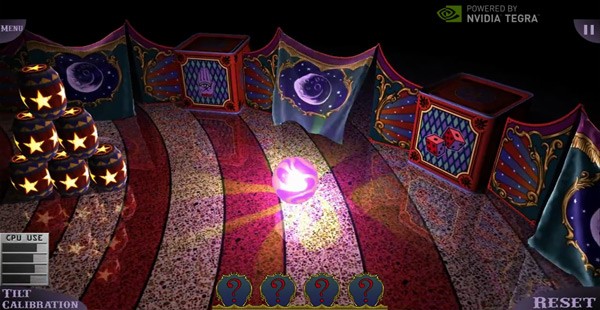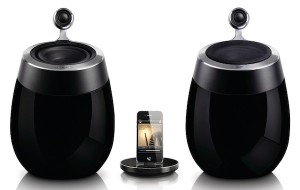NVIDIA’s quad-core Kal-El used to demo next-gen mobile graphics, blow minds.Built to run on the company’s quad-core Kal-El processor, it shows us the first example of true dynamic lighting on mobile devices and also throws in some impressive physics calculations like fully modeled cloth motion. Instead of the pre-canned, static lights that we see on mobile games today, NVIDIA’s new hardware will make it possible to create lighting that moves, fluctuates in intensity, and responds realistically to its environment all rendered in real time.
The titular glow ball can be skinned with different textures, each one allowing a different amount and hue of illumination to escape to surrounding objects, and is directed around the screen using the accelerometer in your tablet or smartphone.
NVIDIA demoed the new goodness on a Honeycomb slate with 1280 x 800 resolution and the frame rates remained smooth throughout. In order to emphasize the generational leap that we can expect with Kal-El, the company switched off two of the four cores momentarily, which plunged performance down to less than 10fps. That means the simulations we’re watching require a full quartet of processing cores on top of the 12-core GPU NVIDIA has in Kal-El. Mind-boggling stuff. Glow Ball will be available as a game on Android tablets once this crazy new chip makes its way into retail devices — which are still expected in the latter half of this year, August if everything goes perfectly to plan. One final note if you’re still feeling jaded: NVIDIA promises the production chip will be 25 to 30 percent faster than the one on display today.
Checkout the video demo Bellow:
News From engadget.com
[ttjad keyword=”graphics-cards”]



![Read more about the article Transfer Photos From iPod Touch to PC [How To Guide]](https://thetechjournal.com/wp-content/uploads/2010/10/IMG_0031-200x300.png)